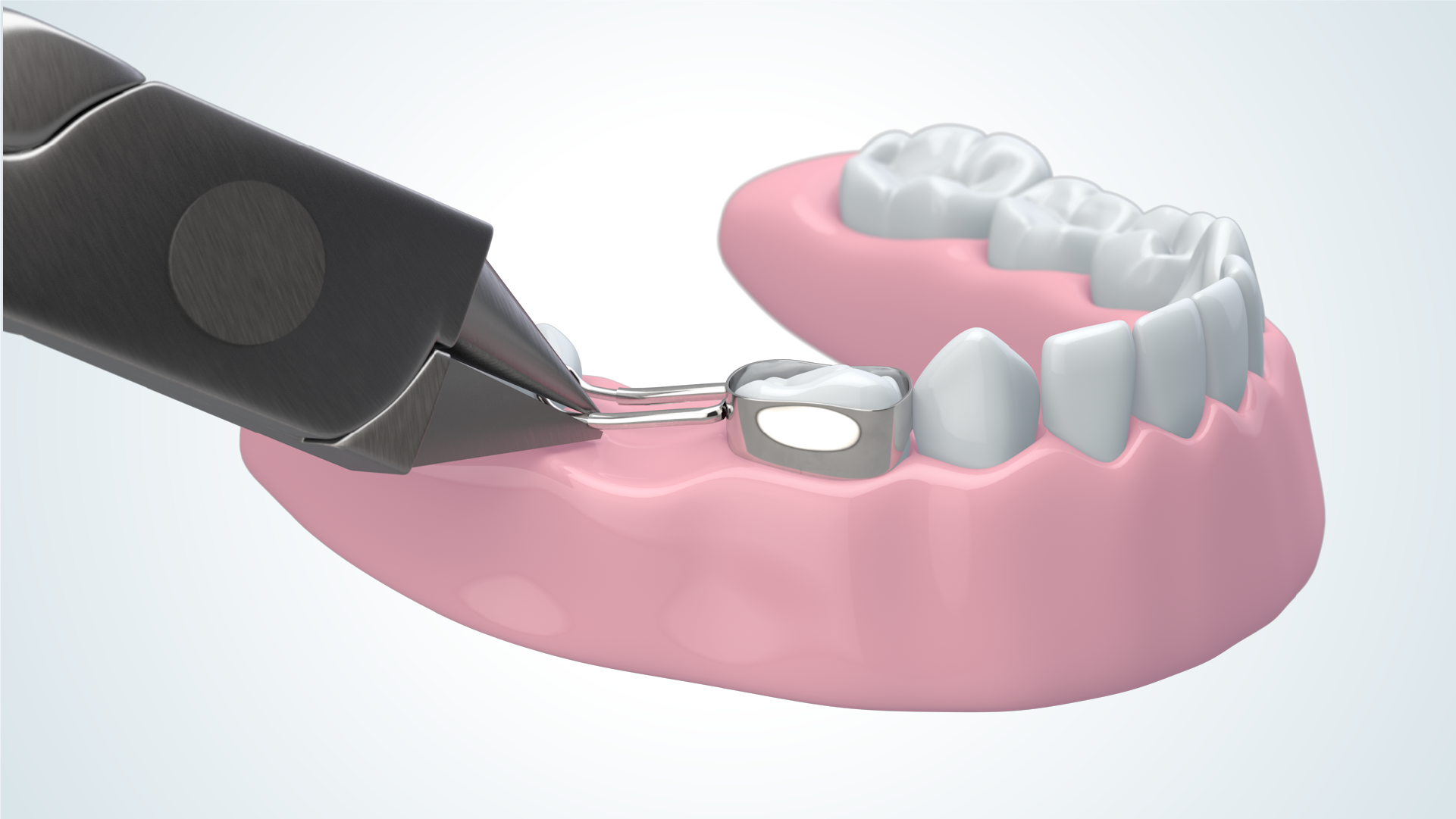Remember sitting in a hot sticky classroom as a teacher wheeled in a TV and turned out the lights to show an educational animation? This was my first memory watching a healthcare explainer video. Besides the euphoric feeling of getting out of schoolwork for a day, I was also captivated by the animation on screen. Thirty years, one BioMedical Art degree, and an Emmy later, I’m still trying to trap that curiosity in a bottle and infuse videos with it.
Although there are many ways to make a video compelling, there are special considerations when it comes to healthcare content. I’ve learned a lot over my career regarding what audiences respond best to, and what they’d rather not see. At Demo Duck, we take this seriously, crafting each piece of a healthcare video production with careful calculation. We believe any topic, no matter the complexity or sensitivity, can be distilled into a simple, easy-to-understand video that resonates with its audience.
Here’s a few things we keep in mind when producing healthcare video content for our clients.
Speak to Your Audience
At the end of the day, the person behind the screen is who you should be thinking of the most. When it comes to healthcare, that person is usually either a patient, or a professional trying to continue their education or better their practice with cutting-edge tools.
Patient audiences often include not only patients, but also their friends, family, and caregivers who are looking out for them throughout their healthcare journey. Their ages and literacy of the topic can range greatly, as can their emotional state when viewing the content.
The environment in which they’re watching the video also plays a part in how they’re absorbing the message – perhaps they’re watching it on a waiting room tablet with their doctor, or at home while perusing other out-patient materials. The brevity and simplicity of the message should match the medium in which they view the videos. For in-practice viewing, we recommend short concise videos that get straight to the message. For videos viewed at home, it would be best to consider a stylized animated approach, drawing the viewer in with colorful characters that will help them connect with the story while simplifying complex topics.
This project for the Crohn’s and Colitis Foundation was designed to help patients prepare mentally and physically for surgery.
When it comes to professional audiences, the intent of the video is completely different. These videos are goal-oriented, with the outcome either leading to a purchase or a better practice. Their time is valuable, so we need to speak their language and speak it fast. Consider a more realistic visual approach, utilizing 3D elements, 2D visual aids like diagrams, or even expert voiceover or live action footage.
Know When to Harness the Power of 3D
3D animation allows us to realistically showcase new tools and treatment approaches in an otherwise impossible way. These realistic depictions can generate excitement around a new product, while accurately depicting its application.
3D is highly customizable, making it a great choice when wanting to show multiple angles of the same subject in a realistic fashion. In a 3D animated space, we’re not faced with the same cumbersome challenges that might arise from a practical live-action production. Truly, anything is possible! With this in mind, 3D is an excellent choice for procedural and technical animations.

Audience, however, still plays a part in this. If the subject is emotionally taxing, it may be good to reassess the visual medium. Some topics can present life-altering scenarios for the viewer, especially when dealing with a patient-focused audience.
I was once tasked with creating an educational video explaining end-of-life care for terminal cancer patients and their caregivers. The outcome here is much different. We want the patient to leave with a feeling of support and comfort, rather than having just been hit with some cold hard facts. In these instances, the crisp, clean sheen of 3D can prove a bit tone-deaf, whereas a live action video with a personable host could serve as a better alternative.
Understand the Fear Factor
Let’s face it—sometimes even just getting a flu shot can make people squirm. When it comes to patient education, you need to consider that whatever procedure you’re describing is about to happen to the person watching your video. Even if the procedure is a common one, simply learning about it can be nerve-racking. We want to explain our information in a way that doesn’t inspire dread, which is a surefire way to get someone to stop listening or unintentionally distort the message.
When it comes to dread, little induces more fear than a medical tool. For this reason, we often avoid showing invasive tools on screen in patient-focused videos. While you may want to explain the steps of a patient’s upcoming surgery to them, there are some visuals that don’t need to be included in the final cut of the video.
Oftentimes, I’d advise against showing the action of a surgical step—and the tools used in them—and instead cut to the result. For instance, if we’re showing an incision, we’d fade to the scene after the surgeon has made the first cut – or sometimes even watch as the incision opens by itself. The general rule is not to show anything sharp or invasive going toward skin.
We explained how mRNA vaccines for COVID-19 work by breaking it down to a cellular level, and showing needles on their own—not the actual moment of injection.
Oh, and no blood! This one is pretty obvious, but worth mentioning. Blood might as well not even exist. Instead, consider showing the “after” of a procedure, or showing blood on a microscopic, cellular level if the procedure requires it.
Be Intentional With Character Design
Characters are a great way to make sterile medical topics relatable and can easily connect viewers with the voice on screen. From genetic disorders to dental procedures, these things indeed do happen in the human body, and illustrating a body where these actions take place will help orient your viewer.
Even if the established design style is hyper-realistic, I still prefer to keep my characters simple and stylized. Nothing is more distracting than a realistic human depiction staring at you from uncanny valley. For procedural videos, simple 2D or 3D silhouettes will keep viewers focused on the messaging and not the character.
For patient-focused concepts, more detailed characters can be comforting. It allows them to see themselves, or people they care about, in the video. As a practice at Demo Duck, we like to make sure that our character designs are diverse in age, race and gender. However, when creating medical content—it’s important to remember that specific populations are affected by diseases more than others (for instance, sickle cell anemia predominantly affects black populations). So take the extra step to consider when to depict a diverse character group and when specific representation matters.
The Right Prescription
Healthcare as a visual medium is ever-changing, with social norms and cultural constraints constructing the overall landscape. In the end, how you approach your healthcare video is up to you and your message.
At Demo Duck, we like to follow these considerations to ensure healthcare video content is both engaging and informative, putting your message at the center. If you’re interested in bringing your healthcare video to life—drop us a line! It could be just what the doctor ordered.
